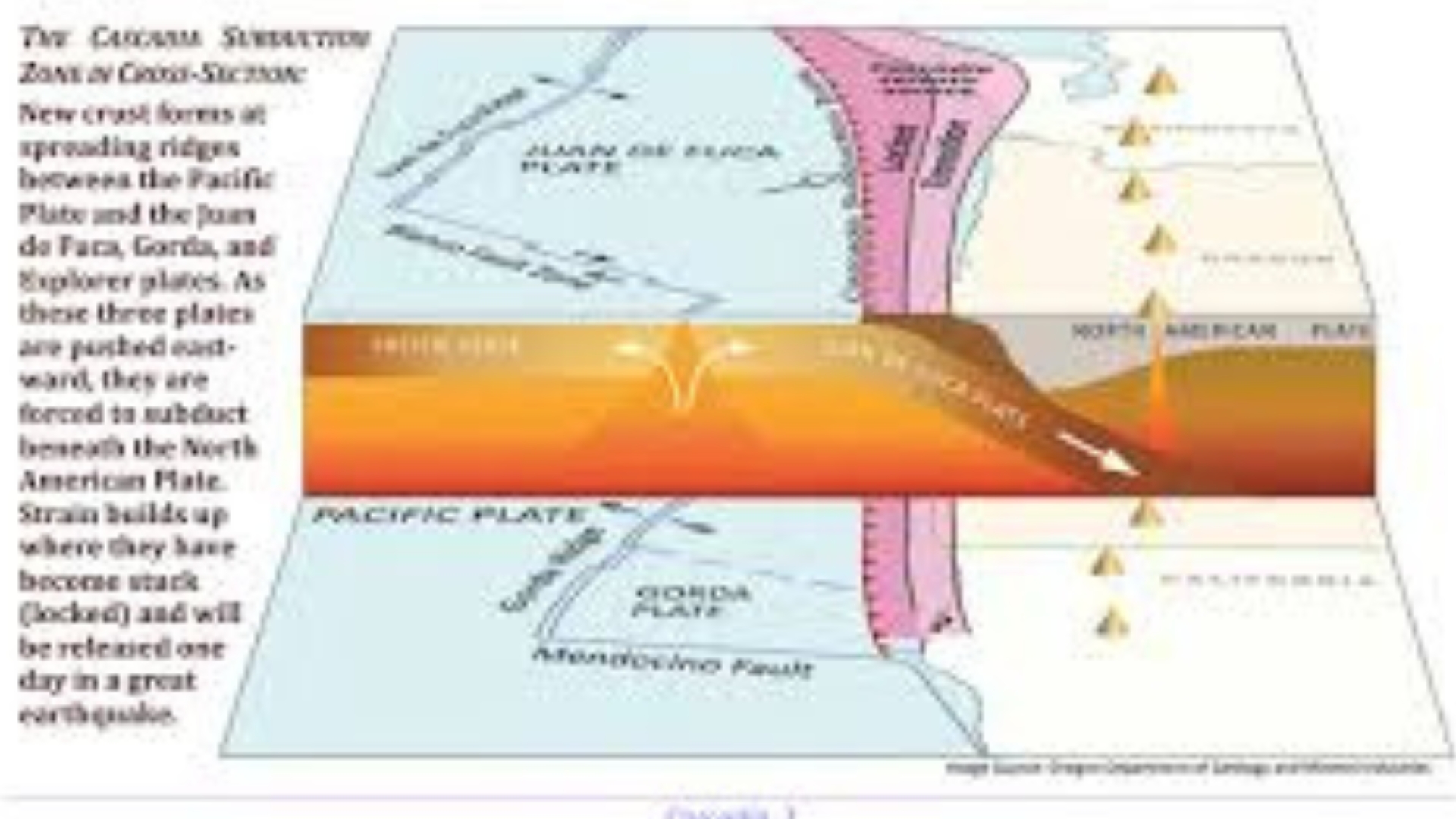Cascadia Subduction Zone Earthquake poses major seismic risk to the Pacific Northwest due to the offshore fault line. New research, however, has uncovered more alarming details about what will happen when it finally explodes, perhaps resulting in the biggest natural disaster in American history.
An Important Earthquake and Tsunami: Just the Beginning
In the Cascadia Subduction Zone, an earthquake with a magnitude of 9.0, which is expected to cause massive damage, might happen. The earthquake may cause 100-foot tsunami waves and up to five minutes of West Coast shaking, flooding coastal areas in Northern California, Oregon, and Washington.
But according to recent research, these short-term effects are just the beginning of a much bigger problem. According to researchers, the earthquake would significantly alter the shoreline by causing dry ground to become tidal mudflats and sinking up to 6.5 feet in certain coastal locations. This land subsidence will have long-term consequences, with floodwaters continuing to affect these communities for decades or even centuries.
Flooding and sea level rise are the long-term effects.
Researchers warn that the ground subsidence would result in floods at least once every 100 years, and potentially much more frequently, for coastal cities like Seaside, Oregon, and Westport, Washington, in addition to the initial damage caused by earthquakes and tsunamis.
As sea levels rise more quickly as a result of climate change, these flood threats are predicted to grow. The combined effects of the earthquake and the rising waves will alter coastal planning for future generations, putting roads, schools, hospitals, and other critical infrastructure at danger.
The Importance of Long-Term Planning in Cascadia Earthquake Preparedness
Scientists warn that a huge earthquake is imminent owing to the tectonic plate stress that has been building in the Cascadia Subduction Zone for generations. With the expected rise in sea levels due to global warming, the aftermath of such an earthquake could be far worse than anticipated, making long-term planning and resilience crucial for coastal communities in the Pacific Northwest.
Conclusion: The Cascadia Subduction Zone’s Imminent Danger
As scientists continue to study the Cascadia Subduction Zone, there has never been a greater urgency to prepare for this inevitable catastrophe. Coastal communities must consider the long-term effects of ground subsidence and flooding, which will persist long after the shaking has subsided, in addition to the immediate effects of the earthquake.
Source: NBC News
